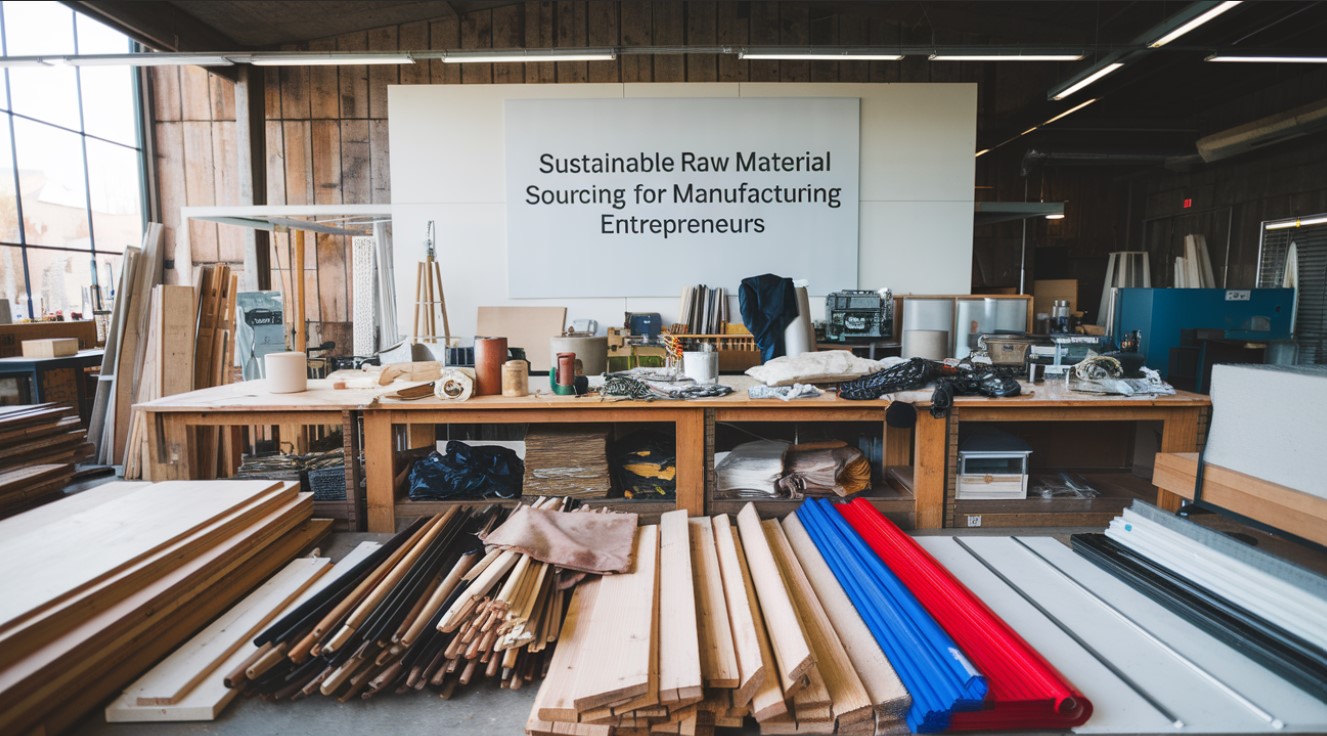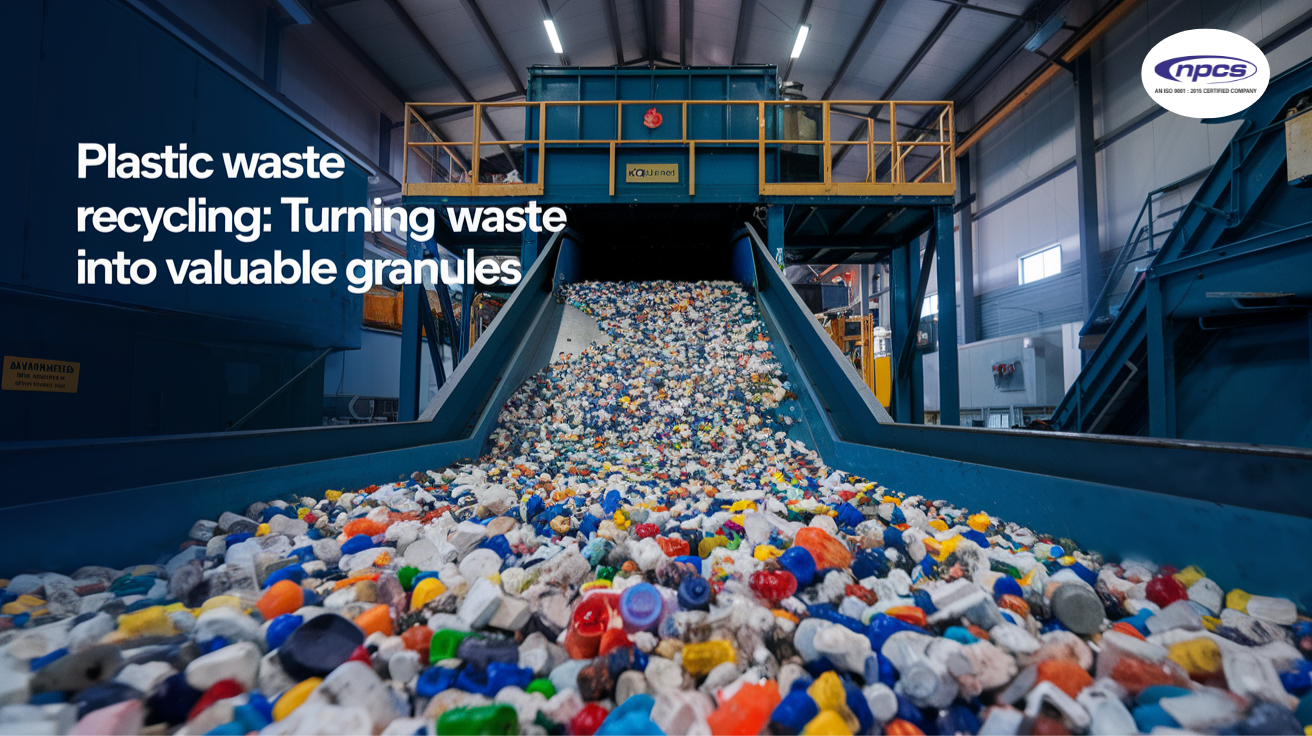
Economic progress or any other progress can be wasted in a single moment if the processing units adopt energy-efficient practices. Energy efficiency in operations is still the topmost priority for global manufacturers. The march of increasing energy costs along with stricter and broader environmental regulations accompanied by the urgency of adhering to sustainable operational practices pushes most companies to invest in energy-efficient manufacturing equipment. This has not only brought down operational costs but also greatly increased overall productivity. It also moves the companies closer to meeting their sustainability objectives in the global context. Such trends are briefly discussed in this article with a specific focus on the overview and future trends of the energy-efficient manufacturing equipment market in 2025, investment considerations, and the benefits of adopting such technologies.
Market Overview
- Energy-Efficient Manufacturing Equipment Market Growth
The energy-efficient manufacturing market is growing, driven by technological innovation and demand for eco-friendly solutions. It is expected to expand at over 8% CAGR from 2023 to 2030. Driving factors for growth include:
- Government Incentives and Regulations:
Many governments have introduced policies that would encourage businesses to go for energy-efficient solutions by way of tax rewards, subsidies, and mandatory energy standards cash incentives.
- Rising Energy Prices:
As all know, power prices are on the increase; hence, manufacturers are looking at ways in which they could reduce energy consumption and costs.
- Consumerism in Sustainability:
Energy efficiency gives companies a competitive edge, as does the demand of consumers and stakeholders to adopt greener practices.
- Technologies Development:
Innovations in automation, smart sensors, and AI optimization are making energy efficiency in manufacturing equipment highly attainable and more effective.
Major Equipment Types
Energy-efficient manufacturing equipment is a collection of a wide range of technologies and machinery, including but not limited to:
- High-Efficiency Motors and Drives:
These have been in existence for decades, importing systems wherein energy losses are eliminated or minimized and the usage is made optimum for processes in the production floor.
- Smart Lighting and HVAC Systems:
IoT involves intelligent end controls for air conditioning and lighting to save energy wastage in factories.
- Advanced Compressed Air Systems:
High-efficiency air compressors consume less energy for pneumatic systems, which are extensively used in manufacturing.
- Heat Recovery Systems:
Capture waste and recover process heat from industrial excesses.
- IIoT (Industrial IoT) Solutions:
Smart monitoring and predictive maintenance solutions reduce energy consumption while increasing the lifespan of equipment.
Leading Trends in 2025
1. AI and Automation Adoption:
AI (artificial intelligence) and machine learning systematically optimize energy usage. Their automated systems predict maintenance, analyze energy consumption, and adjust plant operations in real time to improve efficiency.
2. A Growing Trend of Accepting Renewable Energy
Manufacturers are rapidly increasing the use of solar and wind energy in their work. Hybrid systems combine energy-efficient equipment with renewable energy systems that can reduce the reliance of factories on fossil fuels.
3. Working Within Circular Economy Concepts
Toward a circular economy whereby resources are reused and recycled—this is thus affecting the kind of equipment being designed. An inner cycle often favors energy-saving equipment designed to reduce waste and recover materials.
4. Improved Energy Storage Solutions
Newly advancing battery storage technologies are equipping manufacturers with the capacity to store excess energy and utilize it during peak demand. This goes a long way not only in optimizing energy utilization but also in ensuring that manufacturing does not come to a halt.
Investment Considerations
1. Costs vs. Savings in the Long Term
The investment in energy efficiency in manufacturing equipment sets manufacturers back more in terms of initial costs. However, in saving energy bills, maintenance costs, and downtime charges, the payback period is justified. A cost-benefit study should be undertaken by firms to internalize their return on investment (ROI).
2. Support Provided by Government
Many governmental authorities provide incentives for energy-efficient technology. Companies can tap the additional relief provided by tax credits, rebates, and grants to offset the costs.
3. Future-Proofed and Scalable
Selecting equipment that can grow with the business and be updated with future improvements is ideal for long-term advantages. Equipment offered as modular with future software upgrades allows this flexibility.
4. Supplier Name and Their Support
Reputation for quality, support, and maintenance services from the selected vendor/supplier is critical for energy efficiency. Reliable support will allow sustained efficiency and performance of energy-efficient equipment.
The Advantages of Energy-Efficient Manufacturing Equipment
1. Reduced Operational Costs
Energy-efficient equipment will result in significant savings in electricity and fuel costs over the period.
2. Increased Productivity and Performance
Because of better automation systems, energy-efficient equipment results in lower downtime and maximizes overall productivity.
3. Environmental Regulation Compliance
Discharge of energy efficiency laws is an advantage to companies in not being punished and improves their sustainability in performance.
4. Supplier Reputation and Support
The suppliers should be selected on their reputation and the quality of after-sales support and maintenance services they offer. Trustworthy service extends the life and efficiency of energy-efficient equipment.
Benefits of Energy-Efficient Manufacturing Equipment
1. Reduced Operational Costs
Less energy consumption means savings on costs. Eventually, all energy-efficient equipment translates into substantial savings on power and fuel costs.
2. Higher Productivity and Performance
Energy-efficient machines are mostly automated and, thus, have much less downtime compared to their older counterparts.
3. Active Compliance with Environmental Standards
A company avoids being penalized for meeting or exceeding regulatory limits for energy efficiency; however, they also improve corporate reputation.
4. Improved Safety and Comfort in Workplace
Lighting, HVAC systems, and other machines and equipment cause a more efficient, quiet environment through which employees can work.
5. Stronger Brand Image and Market Competitiveness
Companies indulging in sustainable practices bring with them their competitive advantage into the market. Increasingly, customers and business partners favor manufacturers who are environmentally responsible.
Closing thoughts
Energy-efficient manufacturing equipment is a progressive investment for businesses aspiring to cut costs and improve their sustainability profile and compliance with environmental regulations. Technological advancement in AI, automation, and renewable energy integration promise further growth in the market for such solutions by 2025. Manufacturers will benefit from the careful evaluation of costs, incentives, compatibility, scalability, and reliability in suppliers to make their investment decisions on benefits for their bottom lines and the planet.
The adoption of energy-efficient machines is not only an economic necessity but a strategic step toward a more delicious and durable future for the manufacturing world.





